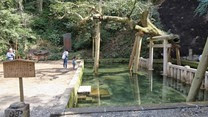 |
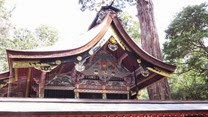 |
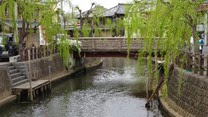 |
There’s old, and then there’s old.
I’ve been meaning to check out Kashima Jingu for quite some time. I bypassed it when I had my Seishun-18 Kippu last year in favor of Izu, and I’ve always kind of regretted it. Kashima Jingu is regarded as the most important Shrine in Kanto, and possibly the oldest. Even though it’s not that far from Tokyo as the crow flies, it’s a long haul to get there – most of it on the infrequent and deliberate Kashima Line. Still, this seemed like an important site to visit and I decided to use the final day of my Kanto Pass to make the trip.
Kashima Jingu is really, really old – it gets fuzzy trying to determine the actual date it was founded, but best guess is around 2600 years ago. This is during the time in Japan where the line between myth and history is hard to find, sometimes – during the reign of Emperor Jinmu. It enshrines Takemikazuchi, the grandson of Amaterasu herself. He’s the God of Thunder, but more known these days as the God of martial arts – which makes Kashima hugely popular with practitioners of all of them. It’s been big with everyone from the Fujiwara Clan down through the Tokugawa shoguns, and is one of the most important Shrines for the military.
 |
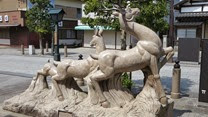 |
 |
Takemikazuchi is also in charge of pinning the giant catfish Oonamazu, who causes Japan’s earthquakes when he’s disturbed and thrashes about. To do this he uses a giant flagstone, the very tip of which pokes above ground here. The Shrine also has Mitarashi Pond, whose clear waters are said never to become fouled and never rise or fall, irrespective of the weather (and has a tree growing sideways over it, a very odd sight). There’s also a small herd of deer (penned, not roaming free as in Nara), a 1300 year-old sword that’s the only National Treasure in Ibaraki, and some incredibly massive 1200 year-old cedar trees. The Shrine is set in a primeval forest and seemed very much untouched by time, practically radiating its ancientness from every branch and board (though most of the buildings date from the 17th Century, – mere babes, gifts from the Tokugawa). It once had a massive main Tori but it was cracked during the Tohoku earthquake (and later collapsed in an aftershock – here are the remains). This is the eventual replacement, which is well underway.
As for the town of Kashima itself, it’s seen better days. The road to the Shrine has weeds growing out of it and the entire place has an air of dereliction to it. As is often the case at smaller stations in the JR system, the technology is ancient – the gentleman in the ticket office (also ancient) was actually using what looked like a handheld scanner of the kind I was using to do inventories 15 years ago to charge people’s PASMO cards (I also stumbled upon this car, part of the tiny Kashima Rinkai Line to Mito). Somehow though it also has the Kashima Antlers, a First Division J-League team with one of the finest soccer stadiums in the world. It also still draws massive numbers of pilgrims to the Shrine – despite it now being miles away from the water, this Tori gate on Kitura Lake represents the marine approach to the ancient Jingu.
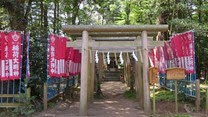 |
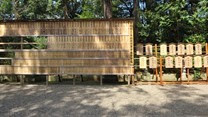 |
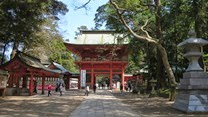 |
After the Shrine I stopped by the local park, which was having its annual Sakura Festival. This is much more my speed than the madness at Ueno. Finally I checked in at Sawara, one of the stops of the Kashima Line back to Narita. It has one of the better-preserved Edo Period districts remaining in Kanto, near the canal which today is used mainly to ferry tourists about in rowboats. Sawara, too, seems a very down-on-its-luck sort of place, though there is some tourist trade there. I’m a sucker for Edo villages but this one is pretty great – a real contrast to the grey and lifeless station area.
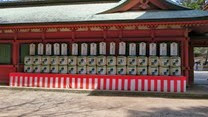 |
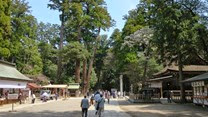 |
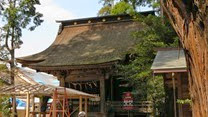 |
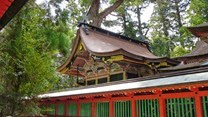 |
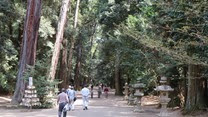 |
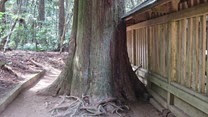 |
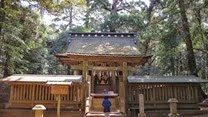 |
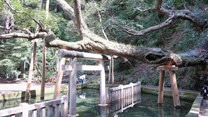 |
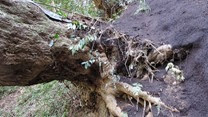 |
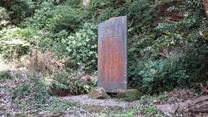 |
 |
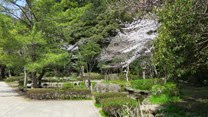 |
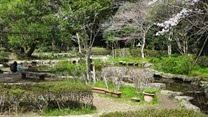 |
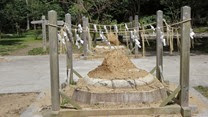 |
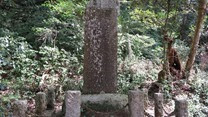 |
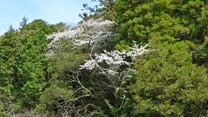 |
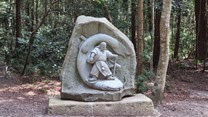 |
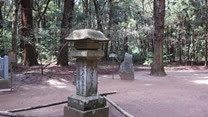 |
 |
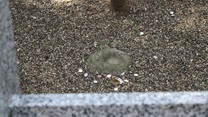 |
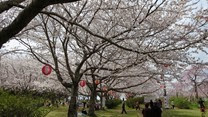 |
 |
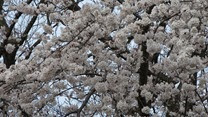 |
 |
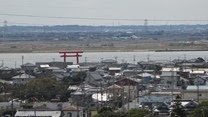 |
 |
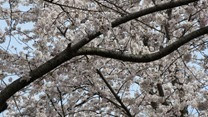 |
 |
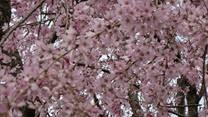 |
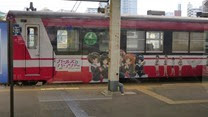 |
 |
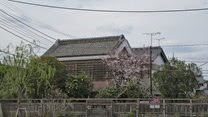 |
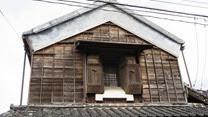 |
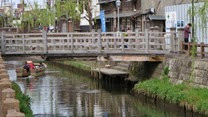 |
 |
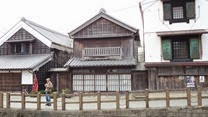 |
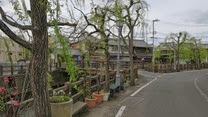 |
 |
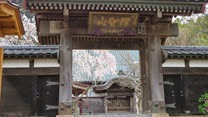 |


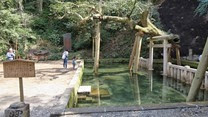
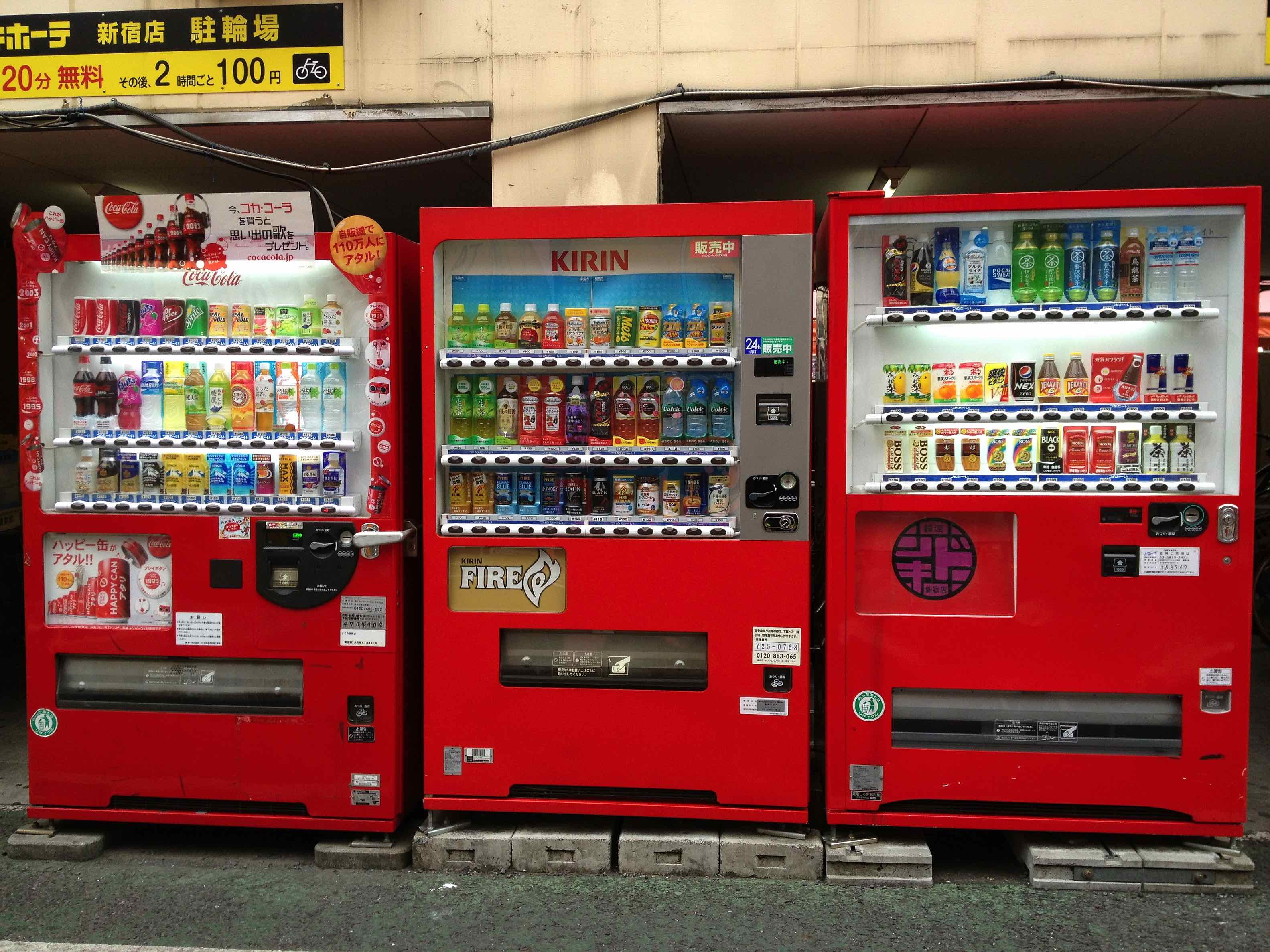
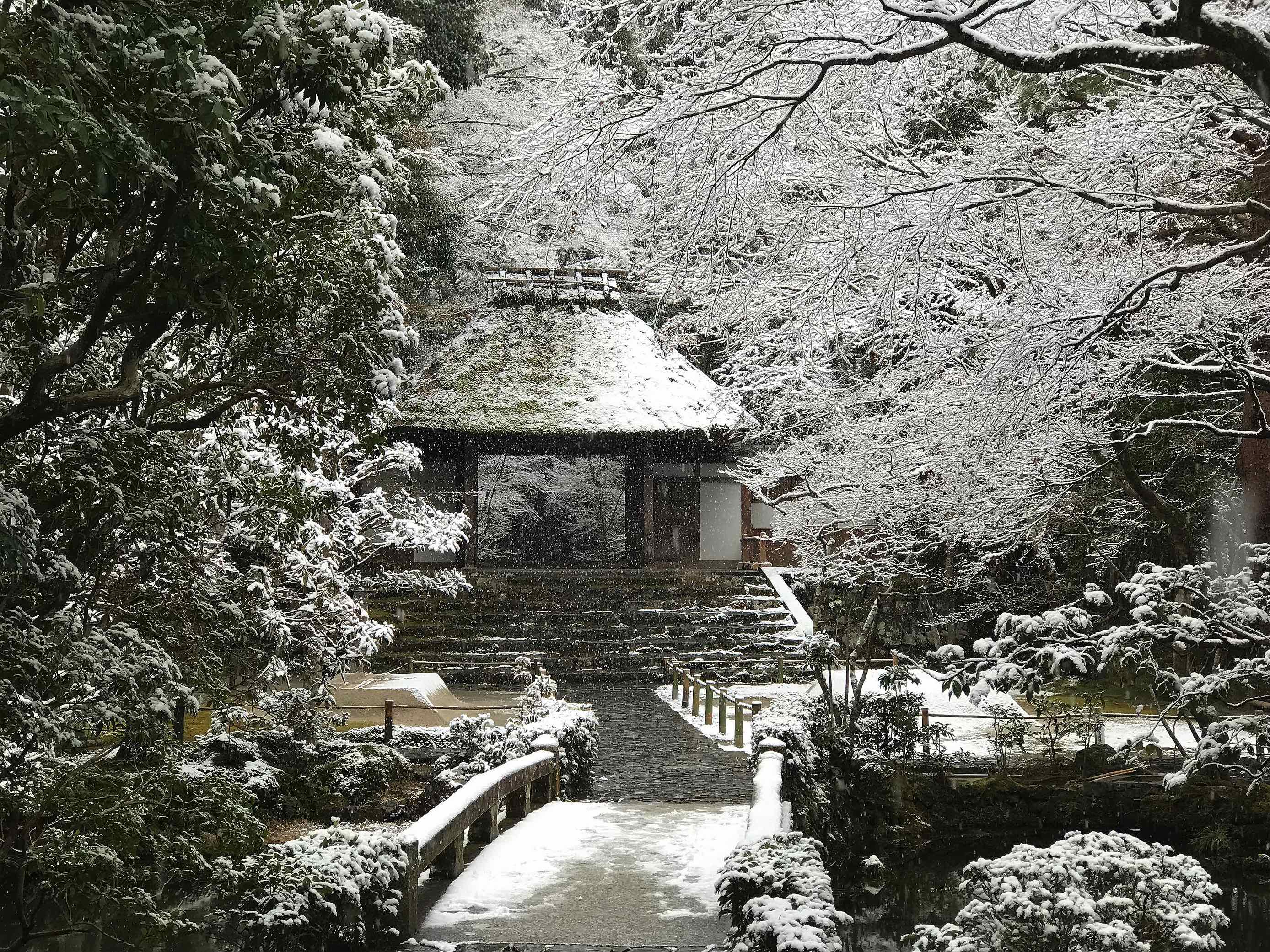
Flower
April 3, 2014 at 8:17 amWow…. The sakura look as beautiful as I remember them. ^^
admin
April 3, 2014 at 8:58 amSadly, we're getting rain now and supposed to be windy tomorrow, which means my plans for Sakura viewing in Tokyo are likely kaput. Maybe Shinjuku Gyoen, but most of the blossoms will probably be gone most places.